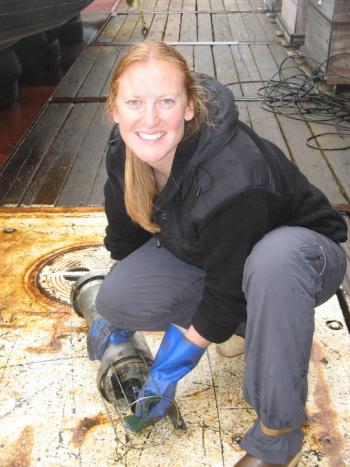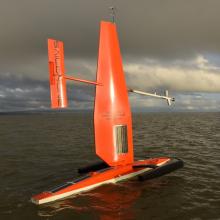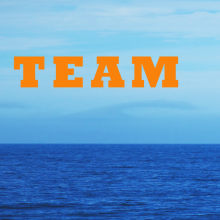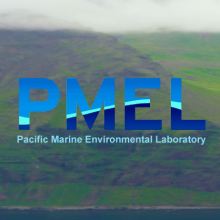Team Highlight on Jessica Crance
Marine Mammal scientist Jessica Crance talks about her role in the ITAE program
Jessica Crance is the lead research assistant and project manager for the acoustics program at the Alaska Fisheries Science Center's Marine Mammal Laboratory, where, she helps to provide information on the seasonal distribution of marine mammals in the Arctic and sub-Arctic. As part of the Saildrone 2016 Team, Jessica is the lead of the marine mammal acoustic work.
What is your job? As the lead research assistant and project manager for the acoustics program at the National Marine Mammal Lab, Jessica is involved in all aspects of data collection, management, and analysis for several projects. She has experience in the deployment and analysis of three acoustic platforms (moored recorders, sonobuoys, and towed arrays), and has acted as Chief Acoustic Scientist on field surveys in the Alaskan Arctic. Through her analysis of long-term passive acoustic recorders, she helps provide information on the seasonal distribution of marine mammals in the Arctic and sub-Arctic. She also has extensive experience in fine-scale acoustic analysis of call characteristics and call patterns.
What is your role with ITAE? For the Saildrone mission, Jessica is responsible for all aspects of the passive acoustic monitoring component. Passive acoustic recorders, the Acousonde, have been integrated into the keel of both Saildrones. These instruments will record marine mammal sounds continuously throughout the entire mission. These data will help answer questions about the distribution of marine mammals in the Bering Sea, which are identified based on their species-specific vocalizations.
What is unique about this project? Integrating a passive acoustic recorder into the Saildrone will allow for surveying for all marine mammals, with an emphasis on the critically endangered North Pacific right whale. There are only an estimated 30 individuals left, and very little information is known about their full distribution range or migration patterns in the Bering Sea. We know that they are consistently detected in a small region of the southeastern Bering Sea each year, but integrating with the Saildrone will allow coverage over a large spatial area, including areas to the west of the 70 m isobaths that have not been surveyed in over a decade. This will hopefully help fill in some of the current gaps in knowledge regarding the spatial distribution of this critically endangered species, and help guide research and conservation efforts in the future.
How did you first become interested in what you do? Jessica’s love of marine science started when she was little. She grew up camping on the beach in Rocky Point, Mexico with her family, where they would snorkel, walk among the tide pools, and watch dolphins come close to shore to feed in the evenings. Becoming scuba certified at 15 cemented her love of oceans and the marine life it supports. Now, she spends as much time as possible either on the water or, preferably, underneath the surface.
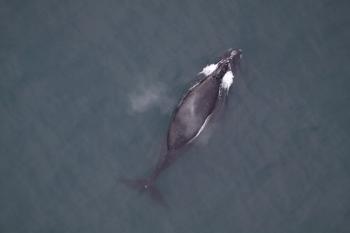
A North Pacific right whale in the Southeastern Bering Sea. Photo Credit: Brenda Rone (NOAA)

